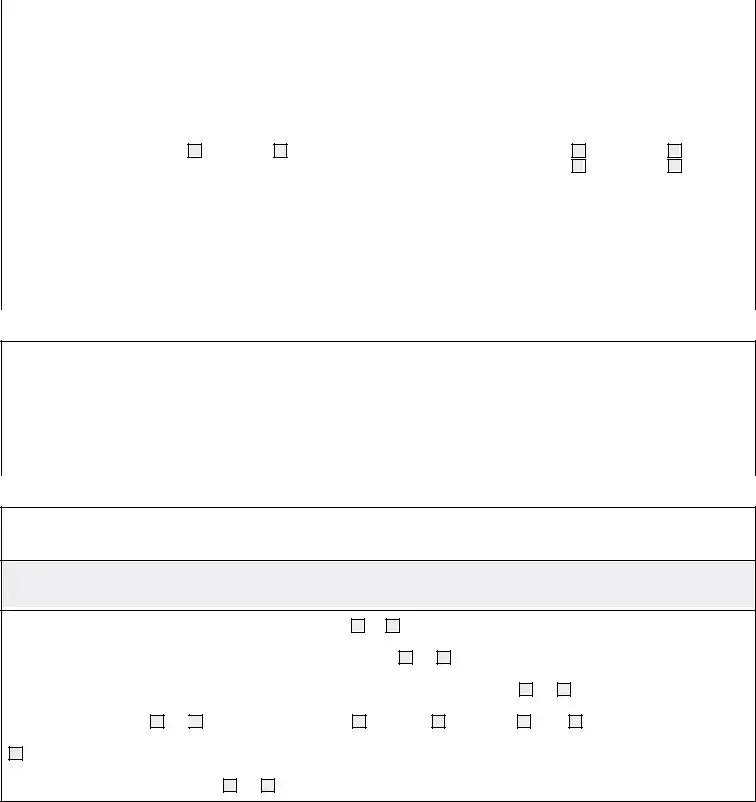What is a Residential Roof Inspection Form and who uses it?
A Residential Roof Inspection Form is a detailed document used by roofing professionals to assess the condition of a residential roof. Inspectors, roofing contractors, and property managers typically use this form during an inspection to record the state of the roof, covering aspects such as structure information, previous maintenance and repair work, and the current condition of various roof elements.
How often should a roof inspection be carried out?
It is recommended to have a roof inspected at least once a year, ideally during the spring or fall. However, inspections may need to be more frequent if the area experiences severe weather conditions, or if the roof is older and more prone to damage.
What does the inspector look for during an inspection?
During an inspection, the inspector looks for signs of wear, damage, or aging across various elements of the roof. This includes checking the interior roof deck, walls, exterior walls, metal flashings, drains, downspouts, penetrations, membrane/shingles, and miscellaneous conditions like vandalism or vegetative growth. The form provides a system to categorize each condition as Good, Fair, or Poor, requiring different levels of action.
What is the significance of the condition codes (G, F, P) used on the form?
The codes—Good (G), Fair (F), and Poor (P)—help standardize the assessment of roof condition. "Good" implies no action is needed, "Fair" suggests that the area should be monitored periodically, while "Poor" indicates that immediate action is required to address the issue, ensuring the form's utility in guiding repair priorities.
What happens if repairs are needed?
If the inspection indicates that repairs are necessary (marked as "Poor"), the roofing contractor or property manager should arrange for those repairs to be carried out promptly to prevent further damage. It's crucial to address issues early to maintain roof integrity and prolong its lifespan.
Is it necessary to document previous maintenance and repair work?
Yes, documenting previous maintenance and repair work is essential. This historical record helps track the roof's maintenance over time, providing valuable information for the inspector. It assists in identifying recurring issues and assessing the effectiveness of completed repairs, which can inform future maintenance strategies.
What if changes have been made to the roof since the last inspection?
If there have been any changes, additions, or new penetrations made to the roof since the last inspection, it is critical to document these changes in the inspection form. Noting these alterations helps in understanding potential sources of new issues or leaks and in evaluating the roof's overall condition in light of these changes.
Why is it important to attach a copy of the roof's guarantee to the inspection record?
Attaching a copy of the roof's guarantee to the inspection record is important for a couple of reasons. It ensures that all relevant documentation is in one place, simplifying future claim processes if needed. Also, it allows inspectors to verify that any maintenance or repair work conducted is in compliance with the guarantee's terms, maintaining its validity.
What should be done with the completed inspection form?
Upon completion, copies of the inspection form should be kept with the property's roof historical record. This ensures that a comprehensive log of inspections, maintenance, repairs, and conditions over time is readily available for review. This documentation can be crucial for warranty claims, future inspections, and when planning maintenance schedules or selling the property.


 2002O Residential Roof Inspection Form w Midwest Roofing Contractors Association w
2002O Residential Roof Inspection Form w Midwest Roofing Contractors Association w 

 2002O Residential Roof Inspection Form w Midwest Roofing Contractors Association w
2002O Residential Roof Inspection Form w Midwest Roofing Contractors Association w 

 2002O Residential Roof Inspection Form w Midwest Roofing Contractors Association w
2002O Residential Roof Inspection Form w Midwest Roofing Contractors Association w 

 2002O Residential Roof Inspection Form w Midwest Roofing Contractors Association w
2002O Residential Roof Inspection Form w Midwest Roofing Contractors Association w 

 2002O Residential Roof Inspection Form w Midwest Roofing Contractors Association w
2002O Residential Roof Inspection Form w Midwest Roofing Contractors Association w 